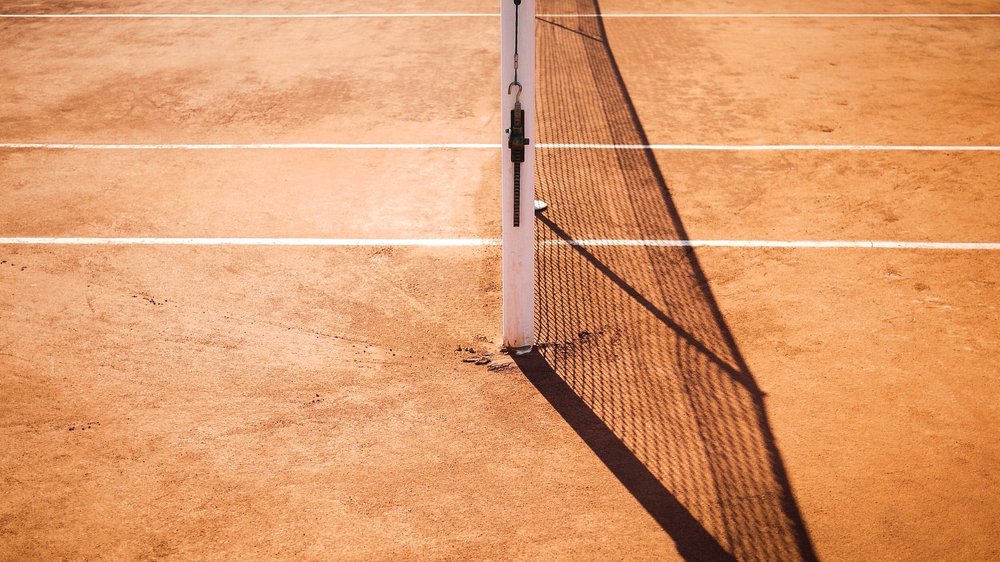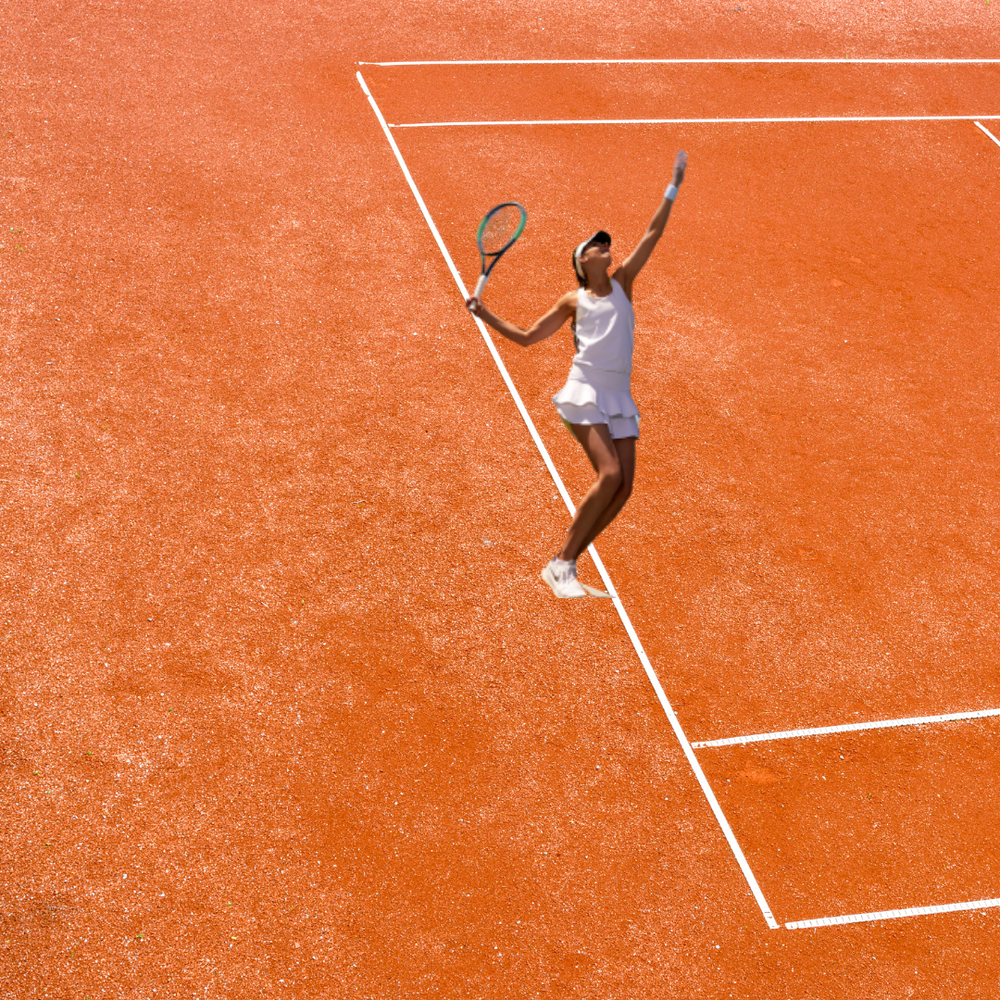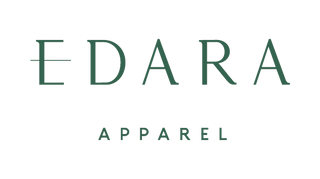
Clay courts are one of the three main surfaces used in professional tennis, along with hard courts and grass courts.
Let’s learn some fun facts about clay tennis courts!
Q: When is clay court season in professional tennis?
A: Clay court season runs from April to June and the tournaments take place throughout much of Europe. Some of the most recognizable red clay court tournaments are the Monte-Carlo Masters, the Barcelona Open, the Italian Open, and the French Open. The French Open is the only Grand Slam tournament that is played on clay.

Q: What exactly are clay courts composed of?
A: Interestingly, clay courts are composed of several types of materials, with the iconic red clay (rather, finely crushed red brick) comprising only the top, visible layer. Beneath the red brick dust (which is only 1-2mm deep) there is crushed white limestone (6-7cm); clinker, which is coal residue (7-8cm); crushed gravel (~30cm); and drain material.
Q: Where does the red clay come from?
A: The red clay comes from crushed red bricks! Here is a video that walks you through the process of constructing the clay courts at Roland Garros. And check out this carousel of images that gives beautiful visuals of the red clay.
Q: How is playing on a clay court different from other surfaces?
A: Clay courts are known for their slow speed and high levels of friction. This makes them a challenging, more tactical surface to play on. Here are three areas in which players will notice a difference when playing on a clay court:
Topspin: Clay courts absorb the energy of the ball, which makes it easier to generate topspin. Topspin helps to keep the ball in the court and makes it more difficult for opponents to hit winners.
Movement: Clay courts are more slippery than hard courts, which makes it important for players to be able to move quickly and change direction. This is especially important when chasing down drop shots and lobs.
-
Strategy: Clay courts are a tactical surface, and players need to be able to think ahead and plan their shots. This is because the ball doesn't travel as quickly on clay, so there is more time for opponents to react.
Q: What are some general benefits to playing on clay courts?
A: Clay courts offer a number of benefits for tennis players of all levels. Here are a few examples:
Less stress on joints. Clay courts are softer than hard courts, which means that they put less stress on your joints. This can be beneficial for players who are prone to injuries or who want to reduce their risk of injury.
Slower ball speed. The clay surface slows down the ball, which makes rallies longer and more strategic. This can be a good challenge for players who want to improve their footwork and court positioning.
More forgiving surface. Clay courts are more forgiving than other surfaces, which means that it is easier to control your shots. This can be helpful for players who are still developing their skills.
Improved footwork. The need to slide and recover on clay courts can help improve your footwork and agility.
-
Less wear and tear on equipment. Clay courts are less abrasive than other surfaces, which means that they will not wear down your racket strings or shoes as quickly.
Q: Who are the King and Queen of the Clay Court?
A: For the sake of a concise answer: Rafa Nadal and Chris Evert.
Rafael Nadal
To many, Rafa is synonymous with Roland Garros; his success on clay courts is unmatched. He has won the French Open a record 14 times, and only ever lost in the championship three times since he first won in 2005.
Rafa’s incredible success on clay is largely attributed to the following:
His forehand: Nadal's forehand is one of the most powerful and consistent shots in the world. He generates a lot of topspin on his forehand, which helps him to keep the ball in the court and make it difficult for opponents to hit winners.
His movement: Nadal is one of the most athletic and mobile players on the tour. He is able to cover the court incredibly well, which gives him a big advantage on clay courts, where rallies tend to be longer and more physical. He also grew up playing on clay courts in Spain.
His mental toughness: Nadal is one of the mentally toughest players in the world. He is able to stay calm under pressure and fight back from difficult situations. This is essential on clay courts, where matches can be long and grueling.
Chris Evert
As for the Queen of Clay Courts, Chris Evert was one of the most successful tennis players of all time, and she was particularly dominant on clay courts.
She won 10 Grand Slam singles titles on clay, including seven French Open titles. She also won 66 clay-court tournaments in her career, which is more than any other woman in the Open Era. Between 1973 and 1979, Chris Evert held a record of 125 consecutive match wins on clay, losing only seven sets.
Evert's success on clay was due to a number of factors, including her all-court game, her ability to hit winners from both sides of the court, and her mental toughness. She was also a master of the clay-court slide, which allowed her to recover quickly and stay in rallies.

Up Next
The 2023 French Open has begun and will run until the finals on June 11th. If you are a fan of tennis, the clay court season—and the French Open in particular—is a great time to watch the sport. So grab your sunscreen, slip on an Edara dress and visor, and head to the nearest tennis court to embrace the inspiration and excitement you’ve now gained from leaning more about clay court season! Or, just sit back and tune in. :)

